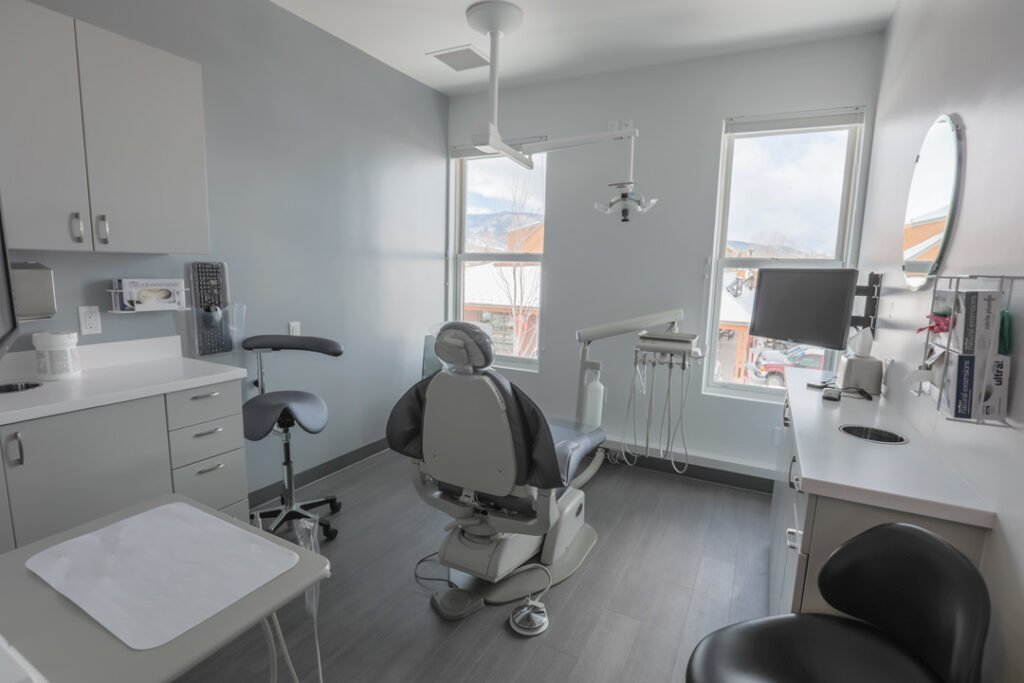Ozone In Dental Treatment

The use of ozone in dental treatment has been a topic of increasing interest in recent years, with many dentists and researchers exploring its potential benefits and applications. Ozone, a naturally occurring gas composed of three oxygen atoms, has been shown to have antimicrobial, anti-inflammatory, and antioxidant properties, making it a promising tool in the fight against oral diseases.
One of the primary ways ozone is used in dental treatment is for its antimicrobial effects. Ozone has been shown to be effective against a wide range of microorganisms, including bacteria, viruses, and fungi, which are commonly found in the oral cavity. By using ozone to disinfect the mouth, dentists can help reduce the risk of infection and promote a healthier oral environment. This is particularly useful in the treatment of periodontal disease, where ozone can be used to disinfect pockets and reduce the amount of bacteria present.
In addition to its antimicrobial effects, ozone has also been shown to have anti-inflammatory properties. Ozone can help reduce inflammation and promote healing in the mouth, which can be beneficial in the treatment of conditions such as gum disease and tooth sensitivity. By reducing inflammation, ozone can help alleviate pain and discomfort, making it a useful tool in the management of oral pain.
Ozone is also being used in dental treatment for its ability to promote healing and tissue repair. Ozone can stimulate the production of growth factors, which are proteins that help promote cell growth and tissue regeneration. This can be particularly useful in the treatment of conditions such as gum recession, where ozone can help stimulate the growth of new tissue and promote healing.
Another area where ozone is being used in dental treatment is in the treatment of tooth decay. Ozone can be used to disinfect and clean out cavities, reducing the risk of infection and promoting a healthier environment for tooth repair. Ozone can also be used to help prevent tooth decay by reducing the amount of bacteria present in the mouth and promoting a healthier oral environment.
In terms of the application of ozone in dental treatment, there are several different methods that can be used. One common method is the use of ozonated water, which is water that has been infused with ozone gas. Ozonated water can be used as a mouth rinse or as an ingredient in toothpaste and other oral care products. Ozone can also be applied directly to the teeth and gums using a device that generates ozone gas.
Despite the potential benefits of ozone in dental treatment, there are also some potential risks and limitations to consider. Ozone can be toxic in high concentrations, and prolonged exposure to ozone can cause respiratory problems and other health issues. Therefore, it is essential to use ozone in a controlled and safe manner, following proper protocols and guidelines to minimize the risk of adverse effects.
In conclusion, the use of ozone in dental treatment is a promising area of research and practice, with potential benefits for antimicrobial, anti-inflammatory, and healing effects. While there are also some potential risks and limitations to consider, the use of ozone in dental treatment has the potential to revolutionize the way we approach oral health and disease prevention.
To further understand the applications and limitations of ozone in dental treatment, let’s examine some of the key studies and research findings in this area.
Historical Evolution of Ozone Use in Dentistry
The use of ozone in dentistry dates back to the early 20th century, when it was first used as a disinfectant and antiseptic. However, it wasn’t until the 1990s that ozone began to be widely used in dental treatment, particularly in the treatment of periodontal disease. Since then, there has been a growing body of research on the use of ozone in dentistry, with studies exploring its antimicrobial, anti-inflammatory, and healing effects.
Comparative Analysis of Ozone and Other Disinfectants
When compared to other disinfectants, ozone has been shown to have several advantages. Ozone is a broad-spectrum antimicrobial agent, effective against a wide range of microorganisms, including bacteria, viruses, and fungi. Additionally, ozone is a natural and environmentally friendly alternative to traditional disinfectants, which can be toxic and harmful to the environment.
Technical Breakdown of Ozone Generation and Application
Ozone can be generated using a variety of methods, including corona discharge, ultraviolet light, and electrolysis. The ozone gas can then be applied directly to the teeth and gums using a device that generates ozone gas, or it can be infused into water to create ozonated water. The concentration and duration of ozone application can vary depending on the specific treatment and the individual patient’s needs.
Decision Framework for Using Ozone in Dental Treatment
When deciding whether to use ozone in dental treatment, there are several factors to consider. These include the type and severity of the oral disease or condition being treated, the patient’s overall health and medical history, and the potential risks and benefits of ozone therapy. By carefully evaluating these factors and considering the latest research and guidelines, dentists can make informed decisions about the use of ozone in dental treatment.
Resource Guide for Ozone Therapy in Dentistry
For dentists and patients interested in learning more about ozone therapy in dentistry, there are several resources available. These include professional organizations and associations, such as the American Dental Association and the International Association for Ozone in Healthcare, which provide guidance and information on the use of ozone in dental treatment. Additionally, there are several online resources and journals that publish research and articles on the topic of ozone therapy in dentistry.
Pro-Con Analysis of Ozone Therapy
While ozone therapy has several potential benefits, there are also some potential drawbacks to consider. These include the risk of toxicity and respiratory problems associated with high concentrations of ozone, as well as the potential for ozone to damage certain materials and equipment. By carefully weighing the pros and cons of ozone therapy, dentists and patients can make informed decisions about its use in dental treatment.
What are the benefits of using ozone in dental treatment?
+The benefits of using ozone in dental treatment include its antimicrobial, anti-inflammatory, and healing effects, which can help promote oral health and prevent disease.
Is ozone therapy safe?
+Ozone therapy is generally considered safe when used in a controlled and safe manner, following proper protocols and guidelines to minimize the risk of adverse effects.
How is ozone generated and applied in dental treatment?
+Ozone can be generated using a variety of methods, including corona discharge, ultraviolet light, and electrolysis, and can be applied directly to the teeth and gums using a device that generates ozone gas, or infused into water to create ozonated water.
In conclusion, the use of ozone in dental treatment is a complex and multifaceted topic, with a range of potential benefits and limitations to consider. By carefully evaluating the latest research and guidelines, dentists and patients can make informed decisions about the use of ozone therapy in dental treatment, and work together to promote oral health and prevent disease.


